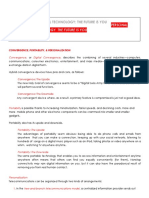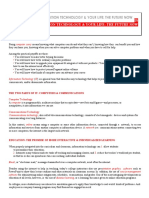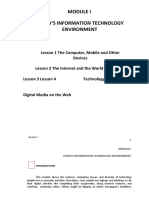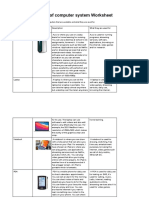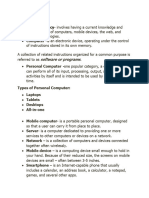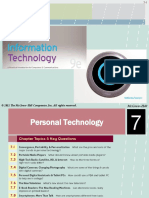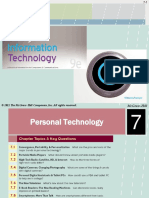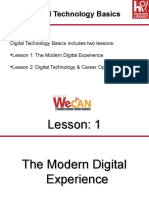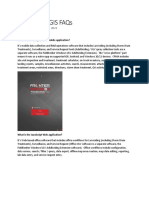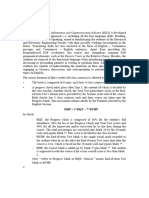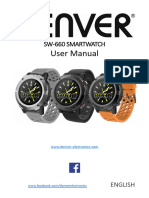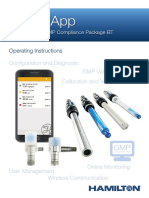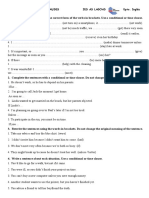0% found this document useful (0 votes)
20 views35 pagesHNDBA1135: Information Technology I
The document discusses personal technology trends, focusing on devices that enhance productivity and leisure, such as smartphones, tablets, e-readers, and digital cameras. It highlights the concepts of convergence, portability, and personalization, along with the societal effects of these technologies. Additionally, it covers advancements in digital media, including high-tech radio, digital television, and video game systems.
Uploaded by
mohasja0320Copyright
© © All Rights Reserved
We take content rights seriously. If you suspect this is your content, claim it here.
Available Formats
Download as PPTX, PDF, TXT or read online on Scribd
0% found this document useful (0 votes)
20 views35 pagesHNDBA1135: Information Technology I
The document discusses personal technology trends, focusing on devices that enhance productivity and leisure, such as smartphones, tablets, e-readers, and digital cameras. It highlights the concepts of convergence, portability, and personalization, along with the societal effects of these technologies. Additionally, it covers advancements in digital media, including high-tech radio, digital television, and video game systems.
Uploaded by
mohasja0320Copyright
© © All Rights Reserved
We take content rights seriously. If you suspect this is your content, claim it here.
Available Formats
Download as PPTX, PDF, TXT or read online on Scribd
/ 35







